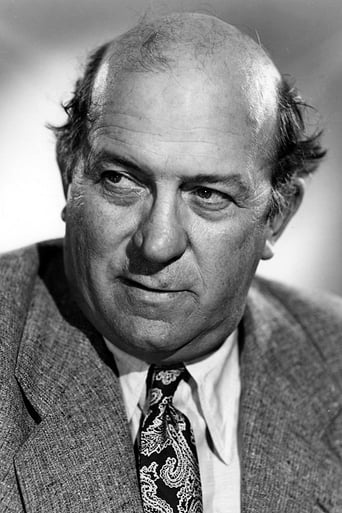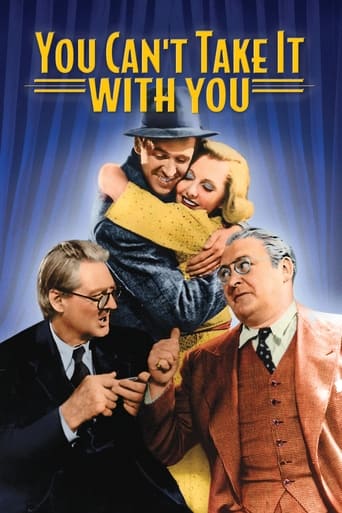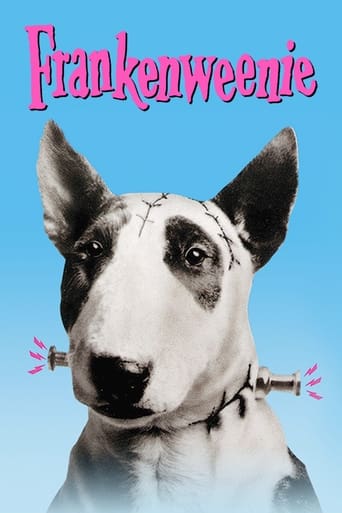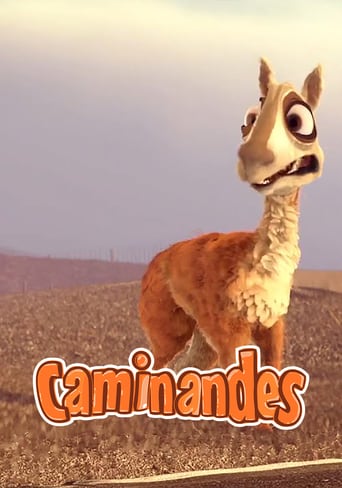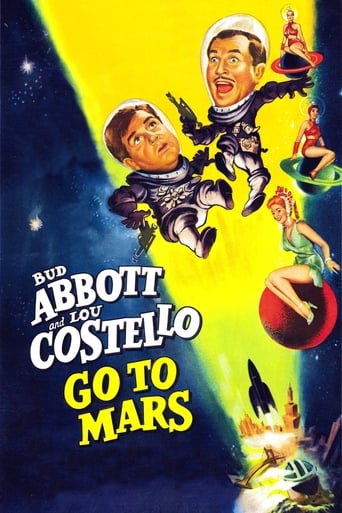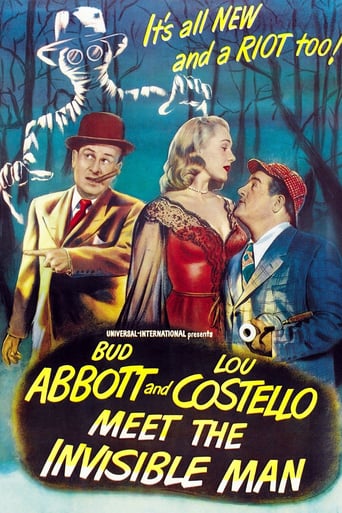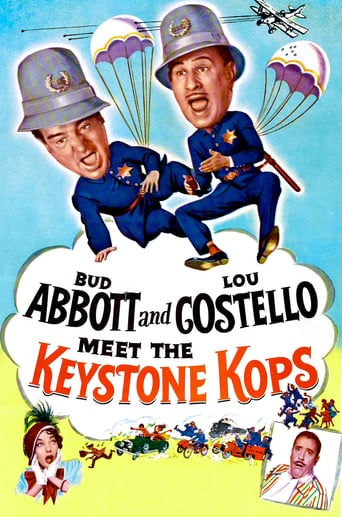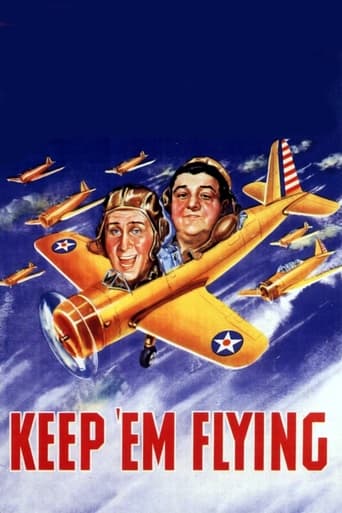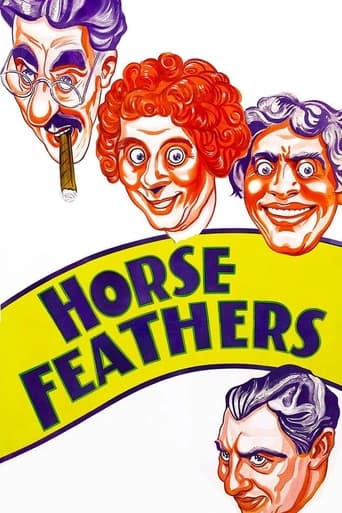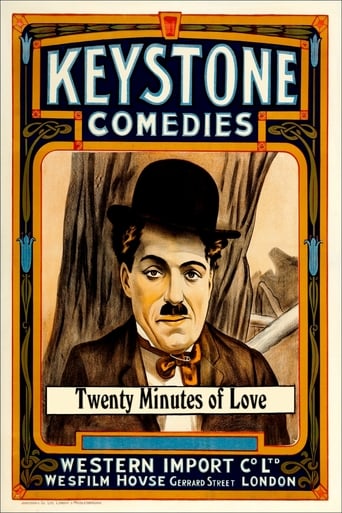
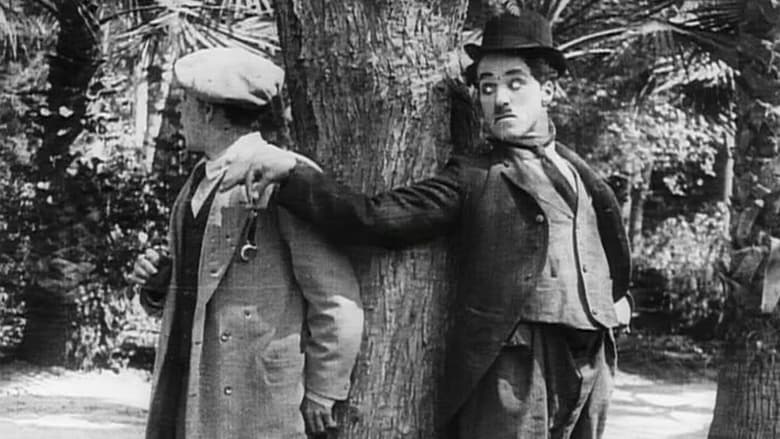
Twenty Minutes of Love (1914)
Charlie is hanging around in the park, finding problems with a jealous suitor, a man who thinks that Charlie has robbed him a watch, a policeman and even a little boy, all because our friend can't stop snooping.
Watch Trailer
Cast


Similar titles
Reviews
"Twenty Minutes of Love" is an American black-and-white silent short film from 1914, so this one is already over a century old, actually 105 years next year, and this one was made by the still pretty young Charlie Chaplin, who not only plays the main character, but also co-directed this one. The cast includes several names that film fans of this era and fans of Chaplin's other works may recognize to some extent. The action is taking place at a park this time where Chaplin causes quite a great deal of havoc to the other visitors, most of it unintentionally or from the heat of the moment though and not really intentionally. Malice is absent you could say, but chaos sure is present as a consequence of Chaplin's actions. Still all in all, he may not be at his best yet at that point as story and acting all in all are far from memorable. Still if you like Chaplin more than I do, then perhaps you will enjoy the watch nonetheless I guess. But I still cannot give it a positive recommendation as the only moment I found hilarious in a positive way was when he accidentally hits that lady near the end and that just isn't enough for this runtime, which by the way was way under 20 minutes in every version I found. I think it has rather to do with more fps than lost scenes. A thumbs-down for this one here as I did not feel the love and felt that premise and location offered the possibility of a far better outcome. Watch something else instead.
Because of their improvisational style there are often confusions in Keystone films, but this one has far more than average, both on screen and off.First there is confusion over who is the director. Maddern gets listed on the camera reports, but Maddern was only with Keystone for a month. At least 3 of his 4 other movies were documentaries, and the fourth is unknown. Chaplin, in a letter, a few months later to his brother Sidney, has the words "my own" next to this one in a list of his films. This might mean that he came up with the idea for the film rather than that he directed it. If he really directed it, One would expect him to list it as his first film in his autobiography, but he lists "Caught in the Rain" filmed a few weeks later. Maddern may have just set up the camera and let the actors direct themselves. This may have caused Chaplin to later take credit for it. Since nothing else remains of Maddern's oeuvre, it is impossible to know for sure who deserves credit or blame for this.In the very first shot, Chaplin walks towards the camera, but turns around to shout something at somebody he has just left behind. Who is he talking to? What is he talking about? The film leaves it a dead issue, but one has to suspect that elements of plot, and perhaps important ones were cut out before this first shot.Chaplin sees Edgar Kennedy and Minta Durfee making out on a park bench. Does Chaplin know Durfee? He turns and hugs the tree next to him. Is it because he has known Durfee and lost her or is he just love sick in general? It is impossible to know. If he did know Durfee before, his next action would make more sense. He goes to the park bench and observes Durfee and Kennedy kissing from inches away. He starts to hold Durfee's hand. If Chaplin doesn't know her, this is quite perverse. If he does know her, shouldn't she have more of a reaction. One should probably blame this on bad direction, whoever the director was.A few moments later, Chaplin follows Eva Nelson behind some bushes. He finds a couple sitting near the river. Again Chaplin goes up and looks at them as if he knows them, but the man only responds by knocking Chaplin down. This is another moment where the actor and audience don't seem to know what is going on. It suggests to me that something was cut out.At this point, we get a new beginning with Eva Nelson asking her boyfriend Chester Conklin (without his trademark Walrus mustache) to get her a present. He goes off and pickpockets a watch. Before he can give it to her, Chaplin, doing a Ford Sterling impression from the movie "Between Showers" steals the watch.Some good slapstick between Conklin, Durfee and Chaplin make up a bit for the plot inconsistencies. At least this middle section of the film has a clear plot and actions. Still, one would like to know why Chaplin steals the watch a second time after giving it to Durfee to show his love. Does this prove that he really is a pickpocket after all and the love show for Durfee was just an act? Again we get confused or unclear motivations that the audience can only guess at.The ending is the usual keystone chaos breaks loose type, with Chaplin kicking cops into people and lots of bodies flying into the river.While not without some moments of fun, Chaplin's eleventh film does not resonate and I would put it near the bottom of his Keystone work. The films he did just before and after this one, "Mabel Takes the Wheel" and "Caught in a Cabaret," in contrast go to the top. These Mabel Normand directed films are terrific.
In his autobiography, Chaplin recorded that "Twenty Minutes of Love" had produced "continuous laughs throughout", even though it had been shot in a single afternoon. It has not weathered as well as many of his later comedies, but while re-watching all his shorts in chronological order, this is the earliest one in which I've found a laugh-out-loud moment of true hilarity (described in some detail below). It may not be coincidence that (in August of 1914, when his memory was fresher) Chaplin stated this was the first film he had directed himself.It's an early example of a "park" film, no more difficult to follow than others of the genre, once one has attuned one's attention to performance styles and conventions of the times. Luckily the film is short enough that it can easily be viewed multiple times without hardship, to help train one's eyes and mind to follow a story without sound.DETAILED BUT SMALL-SCALE SPOILER The various conflicts with various couples are pretty standard; the instant of magic for me involves a twice-stolen watch. Charlie has stolen it from the pocket of a man he does not know is a thief. Chased by the thief, and alarmed at the proximity of a policeman, Charlie attempts hurriedly to sell the hot watch to a man asleep on a park bench, who unbeknownst to Charlie, is the watch's original owner.The transaction (like all of Chaplin's silent conversations) is communicated brilliantly and (if you watch, and think) clearly in pantomime. We see Charlie offer the watch and set a price. We see the owner perceive the watch as familiar and check his pockets, discover his watch is missing and realise that this is indeed his own stolen watch being offered back to him.We see the owner try to tell Charlie that this is his watch, and Charlie agrees "yes, it's yours once you pay me". After a more forceful repetition from the man, Charlie understands that this man is claiming to be the true owner of the watch! It is Charlie's reaction of quickly pulling the watch back with suspicion, disbelief and resentment at what he considers so transparent an attempt at fraud, that I find still works so well.It's a complex set-up for the time, and modern audiences who through inexperience with the Keystone-era silent comedy find the fast-paced action confusing enough to lose track of the characters and their histories will miss it entirely. It's a very well-constructed gag, though - the audience alone knows the full truth, while each character has a partial view that seems to contradict the other's. The audience understands perfectly the confusion of the characters. (Alas that the dissection of gags is never as funny as the gags themselves.) There are other laughs in the movie, but for me this was the best by far.
Twenty Minutes of Love (1914) *** (out of 4) A man (Charles Chaplin) walks through the park and notices all sorts of couples making out so he decides to spoof them with a tree. This is a faster paced short with Chaplin doing all sorts of goodies but the highlights are the tree scene and the ending where everyone starts falling in a lake.The Landlady's Pet (1914) ** 1/2 (out of 4) Charles Chaplin plays the favorite of the landlady, which doesn't sit well with the other occupants. This short really doesn't feature anything special and is quite bland with the exception of one scene where Chaplin learns to play tennis.Cruel, Cruel Love (1914) *** (out of 4) A man (Charles Chaplin) is dumped by his fiancé so he decides to kill himself. After drinking the poison he receives a letter from the fiancé saying she wants him back. It's interesting to see Chaplin playing a role outside The Tramp and this short allows him to go all out. The best scenes include one where he destroys a room and another one where he fantasizes about hell before taking the poison.




